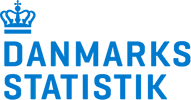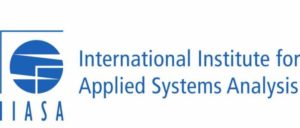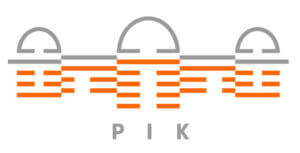Spatial Disaggregation of Population Subgroups Leveraging Self-Trained Multi-Output Gradient Boosting Regression Trees
This paper describes a spatial disaggregation method based on self-training regression models. We report on experiments for two case studies, using high-resolution data for the municipality of Amsterdam and the region of Greater Copenhagen.
Accurate and consistent estimations on the present and future population distribution, at fine spatial resolution, are fundamental to support a variety of activities. However, the sampling regime, sample size, and methods used to collect census data are heterogeneous across temporal periods and/or geographic regions. Moreover, the data is usually only made available in aggregated form, to ensure privacy.
In an attempt to address these issues, several previous initiatives have addressed the use of spatial disaggregation methods to produce high-resolution gridded datasets describing the human population distribution, although these projects have usually not addressed specific population subgroups.
This paper describes a spatial disaggregation method based on self-training regression models, innovating over previous studies in the simultaneous prediction of disaggregated counts for multiple inter-related variables, by leveraging multi-output models based on gradient tree boosting. We report on experiments for two case studies, using high-resolution data (i.e., counts for different subgroups available at a resolution of 100 meters) for the municipality of Amsterdam and the region of Greater Copenhagen.
Results show that the proposed approach can capture spatial heterogeneity and the dependency on local factors, outperforming alternatives (e.g., seminal disaggregation algorithms, or approaches leveraging individual regression models for each variable) in terms of averaged error metrics, and also upon visual inspection of spatial variation in the resulting maps.
To cite this publication:
Georgati, M., Monteiro, J., Martins, B., and Keßler, C.: Spatial Disaggregation of Population Subgroups Leveraging Self-Trained Multi-Output Gradient Boosting Regression Trees, AGILE GIScience Ser., 3, 5, https://doi.org/10.5194/agile-giss-3-5-2022, 2022.









